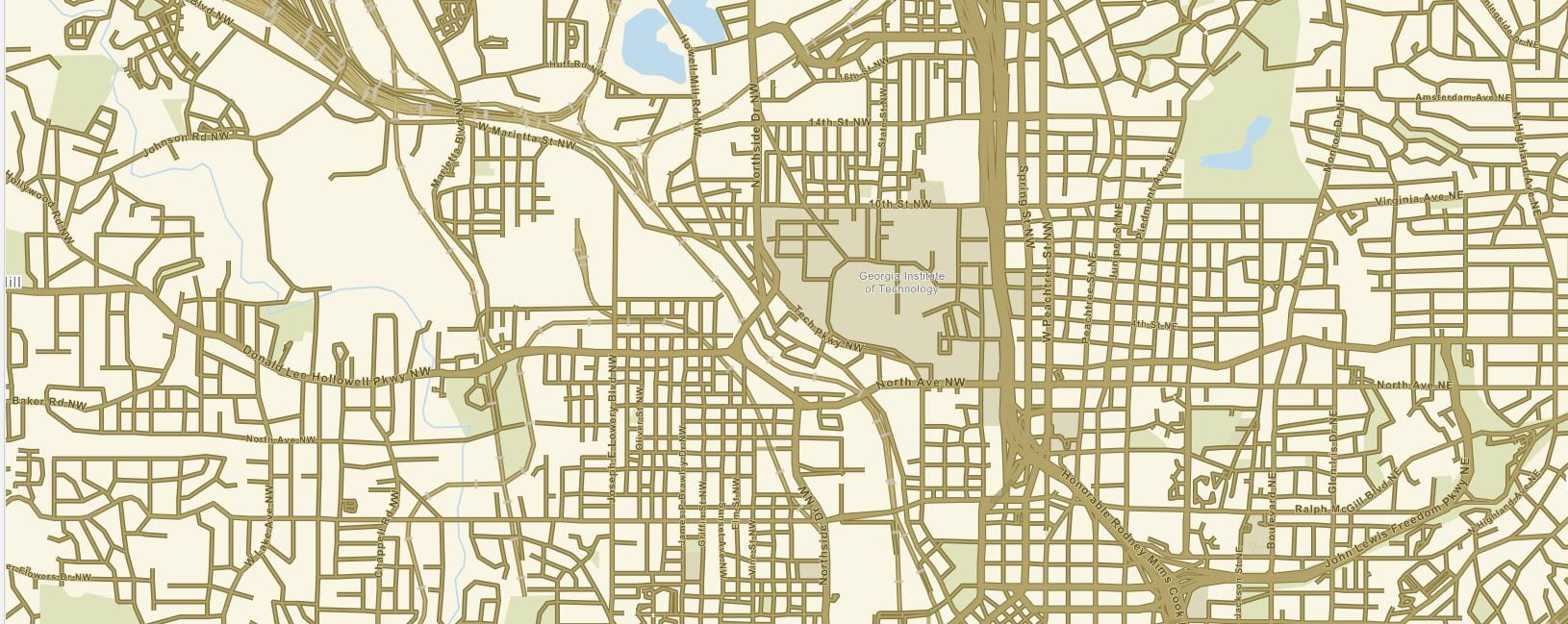Vision
The goal of the T-Score Center is to define strategic visions to guide transit into the future and equip planners with tools to translate visions into reality.
The T-SCORE Center research is based on an understanding that not all transit agencies are the same and the transit needs of regions vary widely based on the land use, socio-demographic, roadway network, economic climate, and many other factors. However, the strategic vision for the future of public transit must start from the two fundamental motivations: providing a travel option especially for those without other means of travel, and providing a resource-efficient means of moving volumes of people. Thus, in the context of changing transit demand and emerging modes, T-SCORE will consider an array of potential transit visions, such as:
1.Transit as a social service. The transit agency focuses specifically on the first fundamental motivation by prioritizing essential workers and travelers with limited options, providing access to jobs and services. Even though they may be least likely to leave transit, these riders may be the most important to serve.
2.Consolidation into high-volume, capacity-constrained corridors. The agency would focus on moving large volumes of people where capacity is limited, maximizing person throughput and destination accessibility through constrained corridors. Components such as dedicated right-of-way could be added to attract more riders and advantage person-throughput.
3.Integrated on-demand multi-modal transit. Rather than competing with separate ride-hailing and micromobility companies, the transit operator would develop an integrated system that relies on the centralized management and deployment of both fixed-route and on-demand transit vehicles.
4.Pricing and incentives. All travel includes a trade-off between the user benefit experienced by the traveler’s ability to move more quickly or efficiently, and the external impacts on others in the form of emissions and traffic congestion. This strategy would consider congestion pricing and related measures that aim to price trips with high external costs and incentivize trips with low external costs.
5.COVID-19 recovery strategy. While not a long-term vision, our research would be incomplete if it did not consider strategic approaches to the short/medium term recovery from low COVID-19 ridership and developing strategies to thrive in the face of future external shocks.
T-SCORE builds upon the research work of partner universities in the TCRP Research Report 231: Recent Decline in Public Transportation Ridership: Analysis, Causes, and Responses.
Below is a video of the lab facilities at our partner universities:
Funding. The T-SCORE Center is funded by an 18-month US Department of Transportation grant through the University Transportation Centers program. It is led by the Georgia Institute of Technology in partnership with University of Tennessee at Knoxville, University of Kentucky, and Brigham Young University.


